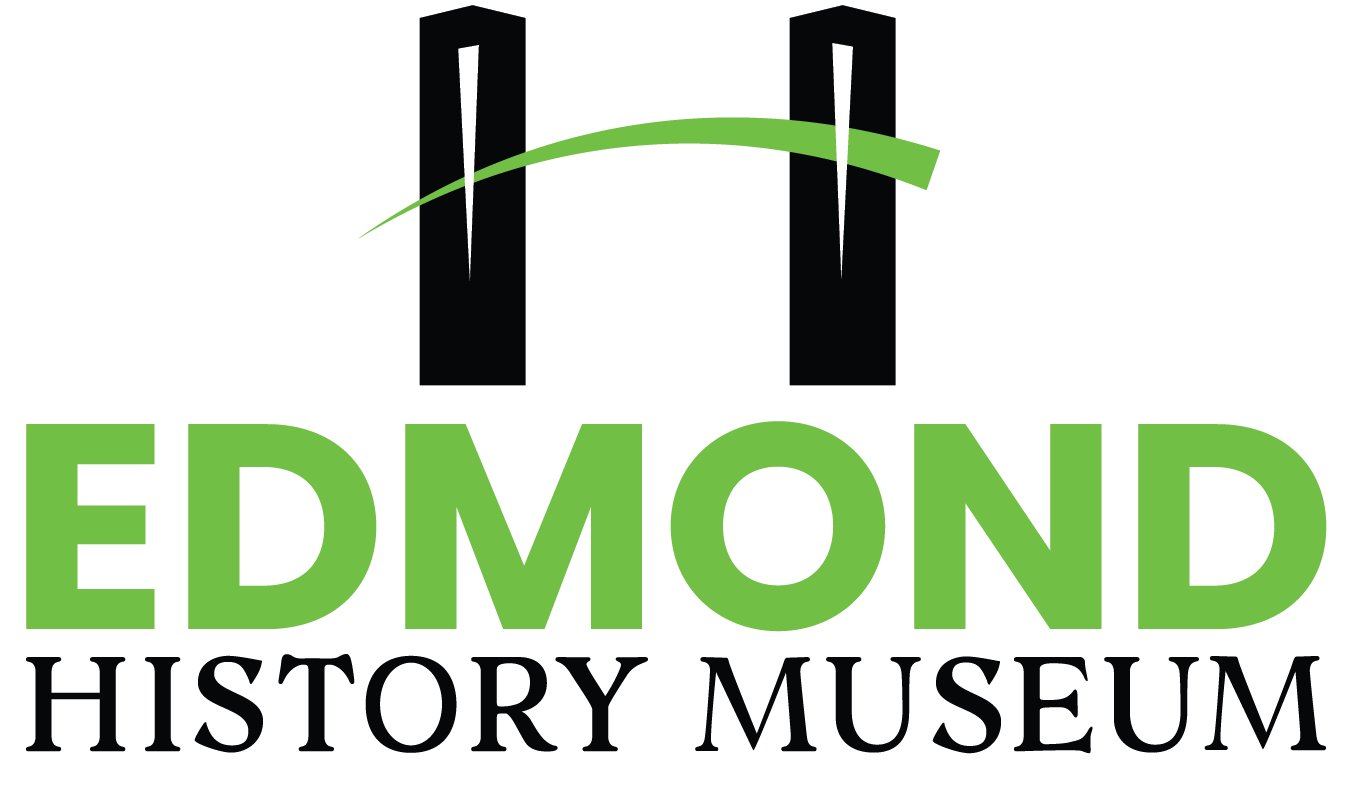The Gower Cemetery

On November 18, 1991 the Gower Memorial Cemetery
was added to the National Register of Historic Places.
John & Ophelia Gower relinquished a portion of their 160 acre homestead to establish the Gower Cemetery in November 1889. The Cemetery was historically significant for its association with the African American Settlers who lived in the area of their original homestead. John Gower was a stonecutter and Ophelia served as a midwife in the area.
After the Civil War and prior to the opening of the Unassigned Lands in April of 1889, African Americans in the United States searched for areas to settle. Directly after the war many of the freedmen simply wandered from place to place, exploring their new-found freedom. While Congress recognized the problem of integration or relocation of African Americans, racial discrimination continued. Many African Americans began to go west, and between 1870 and the 1900s, black leaders and emigration agents supported this action. Many felt that the West would offer opportunities that were not available in the South or the Northeast, maninly the acquisition of land. Kansas politician W.L. Egleson was one of the many emigration agents who urged African Americans to come to the newly opened Oklahoma District in 1889.
When the Unassigned Lands of central Oklahoma were opened approximately 50,000 people gathered for the land run. Although many figures exist purporting the numbers of African Americans attending, the 1890 census shows that 1,643 black males and 1,365 black females had settled in Oklahoma Territory within a year following the Land Run of 1889. Oklahoma County reported their black population in 1890 was 660 people.The 1900 census indicated that a total of 18,831 (4.7 percent) African Americans were living in the area, 367,524 whites and 11,945 Indians. At that time approximately one-third of the total African American population in Oklahoma Territory was concentrated in Logan County.
Not all African Americans staked claims for homesteading or settled in the newly found cities, but rather they chose to segregate themselves by establishing a number of black towns, including Langston, established in 1891, Boley, established in 1903, and approximately 25 other small communities scattered throughout the state. These towns, like the community referred to as “Nonsey,” where the Gowers settled, made it possible for African Americans to have control of their lives and live within an atmosphere free from prejudice.
Many of the homesteads claimed by the African Americans were located in the Cross Timbers; an area densely covered with black jack, oak, mixed grasses and thickets.
The Gower Cemetery is significant as the last remaining physical evidence of one of the rural areas in Oklahoma settled primarily by African Americans and one of the few sites in Oklahoma associated with the rural settlement of African Americans prior to statehood and the enaction of the Jim Crow Laws in 1907.
Black Homesteaders in Lincoln Township 14 and Deep Fork Township 14, in the vicinity of Edmond and Arcadia, Oklahoma formed several small communities, and outgrowth of segregation. Between 1889 and 1904, this community, although never incorporated, took tangible shape. In May 1896, Augustus Reece relinquished a portion of his homestead for the establishment of Mr. Olive Baptist Church, which served the community until the parishioners closed the doors in December 1933. In December 1903, Pleasant Grove School was established on land relinquished by Mattie and Willie Kurley. It is thought that the school closed due to insufficient enrollment in the early 1940’s and students were bussed to Dunbar School in nearby Arcadia. No particular name was found to have been associated with this community except for “Nonsey,” the name used for the Gower Cemetery in “Oklahoma Cemetery Records of Oklahoma County, Volume Two.”
The earliest burial record at Gower Cemetery is Elizabeth Miller, wife of Henry Miller, on November 20, 1896. In the fifty years that followed, many of the early homesteaders and family members were buried in Gower Cemetery, including six African American males, known to have claimed a homestead in Oklahoma County prior to June 1890. They are John Gower, Anderson Harris, Henry B. Miller, William O’Kelley, Isaac Samuels, and Rev. Walton Owens. Burials in Gower Cemetery included an advanced group of “Americans of Color,” as an outgrowth of segregation.
Succeeding Generations continue to maintain and care for the cemetery. Willie T. Gower, John and Ophelia’s eldest son developed a burial plan for paupers, homeless and indigents of the streets in the 1930s.
The Gower Cemetery is located on Covell Road between Douglas Boulevard and Post Road. John and Ophelia Gower are both buried there.
Thanks to the Gower Family
University of Central Oklahoma Oral History Project, Archives and Special Collections, 1993, Interview with Myrtle Gower Thomas.
Portions taken from the United States Department of the Interior, National Park Service, National Register of Historic Places, Gower Cemetery Registration Form.
Oklahoma Historical Society Archives & Research Division
